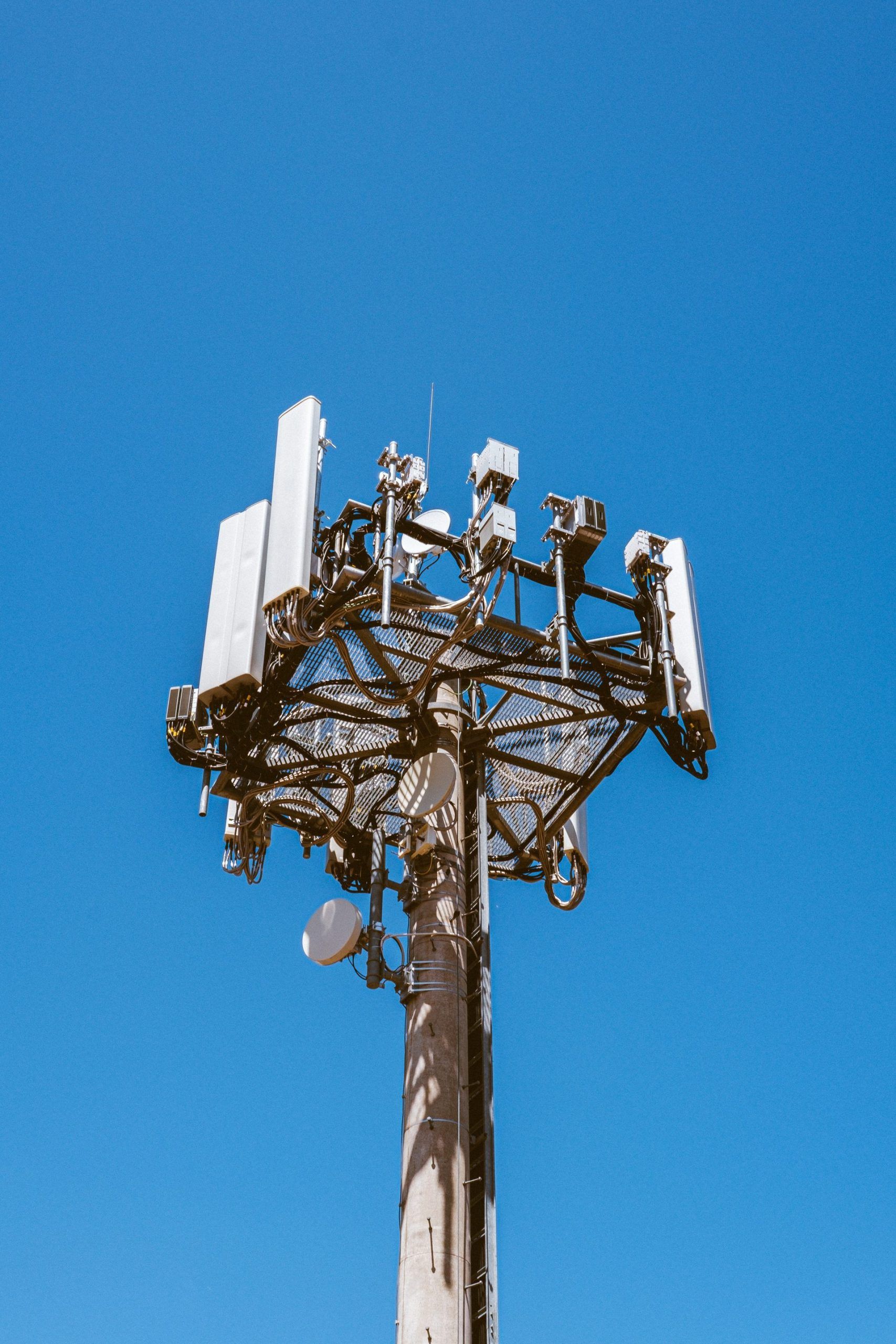The foundation of cognitive automation is software that adds intelligence to information-intensive processes. It is frequently referred to as the union of cognitive computing and robotic process automation (RPA), or AI.
By utilizing AI technology, cognitive automation broadens and enhances the set of tasks normally associated with RPA, resulting in cost savings, increased customer satisfaction, and increased accuracy in intricate business processes involving unstructured data.
What is cognitive automation?
Various combinations of artificial intelligence (AI) with process automation capabilities are referred to as cognitive automation to improve business outcomes.
Cognitive automation represents a range of strategies that enhance automation’s ability to gather data, make decisions, and scale automation. It also suggests how AI and automation capabilities may be packaged for best practices documentation, reuse, or inclusion in an app store for AI services.
Machine learning is not cognitive automation. It uses various methods and technological frameworks, including machine learning, natural language processing, text analytics, and data mining.

A McKinsey study found that organizations using cognitive automation solutions could:
- Automate between 50 and 70 percent of the tasks.
- Reduce the time it takes to process data by 50% to 60%.
- Reduce annual labor costs by 20 to 30%
- Achieve triple-digit ROI
Let’s see some of the cognitive automation examples for better understanding.
Is it sound beneficial, right? So, let’s explore all of the cognitive automation benefits.
Cognitive automation benefits
What is the advantage of cognitive automation? It increases the effectiveness and caliber of responses produced by computers. 20% or less of service desk contacts now include cognitive activities. The following elements make cognitive automation the upcoming major improvement for operations at the enterprise level:
- Cost-effective
- Operational efficiency
- Highly accurate (eliminate human errors)
- Facts-based decision making
- Faster than humans
- Scalable beyond headcount
- Better use of staff for higher-value tasks
- Predictable and consistent
- Available 7/24
- Compatible with existing technology
There are many advantages of cognitive automation but do you know where to use them?
Cognitive automation examples & use cases
What is a cognitive automation example? It is best represented in real-life use cases. Do you want to know how a cognitive automation solution might work in your company? Here is a list of some use cases and cognitive automation examples to aid your comprehension:
- Warehouse management (Airbus & Splunk)
- End-to-end customer service (Religare)
- On-boarding and off-boarding employees (Asurion & ServiceNow)
- Handling batch operations (Splunk & Freecharge)
- Logistics operations (Postnord & Digitate)
- Managing IT infrastructure in manufacturing (Tata Steel & Digitate)
- Sales experience (Bookmyshow & Splunk)
- Supervising telecom requests (TalkTalk & Splunk)
Warehouse management (Airbus & Splunk)
Managing all the warehouses a business operates in its many geographic locations is difficult. Some of the duties involved in managing the warehouses include maintaining a record of all the merchandise available, ensuring all machinery is maintained at all times, resolving issues as they arise, etc.

Cognitive automation enters the scene in this situation. Once implemented, the solution aids in maintaining a record of the equipment and stock condition. Every time it notices a fault or a chance that an error will occur, it raises an alert.
These processes need to be taken care of in runtime for a company that manufactures airplanes like Airbus since they are significantly more crucial.
The Cognitive Automation solution from Splunk has been integrated into Airbus’s systems. Splunk’s dashboards enable businesses to keep tabs on the condition of their equipment and keep an eye on distant warehouses.
End-to-end customer service (Religare)
Businesses can comprehend the client journey and pinpoint the encounters that could benefit from automation.
For instance, Religare, a well-known health insurance provider, automated its customer service using a chatbot powered by NLP and saved over 80% of its FTEs. The organization can use chatbots to carry out procedures like policy renewal, customer query ticket administration, resolving general customer inquiries at scale, etc.
Check out how NHS decreases patient wait times with AI chatbots
On-boarding and off-boarding employees (Asurion & ServiceNow)
Having workers onboard and start working fast is one of the major bother areas for every firm. An organization invests a lot of time preparing employees to work with the necessary infrastructure. Asurion was able to streamline this process with the aid of ServiceNow‘s solution. The Cognitive Automation system gets to work once a new hire needs to be onboarded.

ServiceNow’s onboarding procedure starts before the new employee’s first work day. It provides the employee with useful Asurion-related information. It handles all the labor-intensive processes involved in settling the employee in. These include setting up an organization account, configuring an email address, granting the required system access, etc.
Moreover, imagine that a worker is quitting the company. Cognitive automation can then be used to remove the specified accesses.
Additionally, it can limit an employee’s email access to admins only. Additionally, it can gather and save staff data generated for use in the future.
Check out how is artificial intelligence changing the recruiting process
Handling batch operations (Splunk & Freecharge)
The banking and financial industry relies heavily on batch activities. One of their biggest challenges is ensuring the batch procedures are processed on time. There are serious repercussions if you don’t. Organizations can monitor these batch operations with the use of cognitive automation solutions. This guarantees that they are handled promptly.
Splunk has offered Freecharge a fix. In this situation, if there are difficulties, the solution checks them, fixes them, or, as soon as possible, forwards the problem to a human operator to avoid further delays.
The automation solution also foresees the length of the delay and other follow-on effects. As a result, the company can organize and take the required steps to prevent the situation.
Logistics operations (Postnord & Digitate)
Deliveries that are delayed are the worst thing that can happen to a logistics operations unit. The customers, as well as the end users, criticize this. The parcel sorting system and automated warehouses present the most serious difficulty. They make it possible to carry out a significant amount of shipping daily.

The issues faced by Postnord were addressed, and to some extent, reduced, by Digitate‘s ignio AIOps Cognitive automation solution. Their systems are always up and running, ensuring efficient operations.
The cognitive automation solution looks for errors and fixes them if any portion fails. If not, it instantly brings it to a person’s attention for prompt resolution.
Managing IT infrastructure in manufacturing (Tata Steel & Digitate)
To assure mass production of goods, today’s industrial procedures incorporate a lot of automation. Additionally, it assists in meeting client requests and lowering costs.
Due to the extensive use of machinery at Tata Steel, problems frequently cropped up. The organization did not find this to be desirable. One problem might cause their entire production line to break down. Digitate‘s ignio, a cognitive automation technology, helps with the little hiccups to keep the system functioning. It can send notifications concerning the origin of the problems.

The cognitive solution can tackle it independently if it’s a software problem. If not, it alerts a human to address the mechanical problem as soon as possible to minimize downtime.
Check out what is the role of artificial intelligence in manufacturing
Sales experience (Bookmyshow & Splunk)
One of the most important parts of a business is the customer experience. This is particularly true in the competitive retail industry. Several potential problems could degrade the client experience.
Intending to enhance Bookmyshow‘s client interactions, Splunk has provided them with a cognitive automation solution.
Depending on where the consumer is in the purchase process, the solution periodically gives the salespeople the necessary information. This can aid the salesman in encouraging the buyer just a little bit more to make a purchase.
A cognitive automation solution for the retail industry can guarantee that all physical and online shop systems operate properly. As a result, the buyer has no trouble browsing and buying the item they want.
Check out the machine learning in retail use cases
Supervising telecom requests (TalkTalk & Splunk)
Manual duties can be more than onerous in the telecom industry, where the user base numbers millions. A cognitive automated system can immediately access the customer’s queries and offer a resolution based on the customer’s inputs. A new connection, a connection renewal, a change of plans, technical difficulties, etc., are all examples of queries.

TalkTalk received a solution from Splunk that enables the cognitive solution to manage the entire backend, giving customers access to an immediate resolution to their issues. Identifying and disclosing any network difficulties has helped TalkTalk enhance its network. As a result, they have greatly decreased the frequency of major incidents and increased uptime.
These are some of the best cognitive automation examples and use cases. However, if you are impressed by them and implement them in your business, first, you should know the differences between cognitive automation and RPA.
Cognitive automation vs RPA
What is the difference between RPA and cognitive automation? RPA is based on fundamental technologies like process automation and macro scripts that are simple to use and comprehend. It is rule-based, utilizes little coding, and processes data in an “if-then” manner. Contrarily, cognitive automation is a knowledge-based strategy. So, these are the differences between cognitive automation and RPA:
| Cognitive automation | RPA (Robotic Process Automation) | |
| Functionality | Solve complex problems | Automating repetitive tasks |
| Analytics | Uses AI-based advanced analytics. | Does not use advanced analytics. |
| Technology | Extensive coding. | Minimal coding. |
| Processing approach | It uses complex processing. | Uses “if-then” logic. |
| Tools | Digitate ignio, Splunk, Moogsoft, Automation Edge | Blue Prism, Inflectra Rapise, UiPath, IBM Automation Anywhere |
According to experts, cognitive automation is the second group of tasks where machines may pick up knowledge and make decisions independently or with people’s assistance. RPA, therefore, includes cognitive automation. RPA is frequently limited to deterministic automation, though.
So, let’s take a closer look at the differences between cognitive automation and RPA.
Functionality
Automating mundane and repetitive tasks is a component of RPA. Cognitive automation involves incorporating an additional layer of AI and ML.
It imitates the capability of decision-making and functioning of humans. This assists in resolving more difficult issues and gaining valuable insights from complicated data.
Use of analytics
RPA excludes the use of advanced analytics. The majority of it is an investigation of task statistics. It keeps track of the accomplishments and runs some simple statistics on it. It only needs a few commands to operate.

Complex analytics are run on the data using cognitive automation. It can carry out various tasks, including determining the cause of a problem, resolving it on its own, and learning how to remedy it.
It now has a new set of capabilities above RPA, thanks to the addition of AI and ML. Some of the capabilities of cognitive automation include self-healing and rapid triaging.
Technology in use
For RPA to work, various frameworks must be deployed and configured. It doesn’t need to be coded. If it were needed at all, it would be simple. Workflow automation, screen scraping, and macro scripts are a few of the technologies it uses.
Since cognitive automation relies on machine learning for effective operation, it necessitates extensive coding. It uses cutting-edge technologies, including text analytics, natural language processing, semantic technology, data mining, etc.
Check out the 15 real-life examples of machine learning
Processing approach
The way RPA processes data differs significantly from cognitive automation in several important ways.
RPA operates most of the time using a straightforward “if-then” logic since there is no coding involved. It is unable to manage many levels of exceptions. If any are found, it simply adds the issue to the queue for human resolution. This makes its capabilities and operation somewhat dependent.
Cognitive automation may imitate human thought and behavior. With the help of AI and ML, it may analyze the problems at hand, identify their underlying causes, and then provide a comprehensive solution.
Cognitive automation does move the problem to the front of the human queue in the event of singular exceptions. However, it also picks up on the human resolution method. Therefore, cognitive automation knows how to address the problem if it reappears. With time, this gains new capabilities, making it better suited to handle complicated problems and a variety of exceptions.
Tools
The following are some of the best RPA tools on the market:
- Blue Prism
- Inflectra Rapise
- UiPath
- IBM Automation Anywhere
The following are some of the best cognitive automation tools on the market:
- Digitate ignio
- Splunk
- Moogsoft
- Automation Edge
RPA or cognitive automation: Which one is better?
Selecting one or the other isn’t always the best decision to make. Organizations often start at the more fundamental end of the continuum, RPA (to manage volume), and work their way up to cognitive automation because RPA and cognitive automation define the two ends of the same continuum (to handle volume and complexity).
To determine the ideal blend of RPA and cognitive automation that is suitable for your business, other considerations, such as the type of data used (whether structured or unstructured), must be taken into account in addition to the financial implications of each type of automation.
Is cognitive automation each and every step pre-programmed?
Cognitive computing systems become intelligent enough to reason and react without needing pre-written instructions.
What is the goal of cognitive automation?
The goal of cognitive systems is to assist humans without their help. For instance, at a call center, customer service agents receive support from cognitive systems to help them engage with customers, answer inquiries, and provide better customer experiences.
Check out how artificial intelligence customer services work
New insights could be revealed thanks to cognitive computing’s capacity to take in various data properties and grasp, analyze, and learn from them. These prospective answers could be essential in various fields, particularly life science and healthcare, which desperately need quick, radical innovation.

Conclusion
A cognitive automation solution is a positive development in the world of automation. With a solution, organizations have greater leverage than previously.
It gives businesses a competitive advantage by enhancing their operations in numerous areas.
There are a lot of use cases for artificial intelligence in everyday life—the effects of artificial intelligence in business increase day by day.
Are you scared of AI jargon? We have already created a detailed AI glossary for the most commonly used artificial intelligence terms and explained the basics of artificial intelligence as well as the risks and benefits of artificial intelligence for organizations and others.
Is artificial intelligence better than human intelligence? Explore the cons of artificial intelligence before you decide whether artificial intelligence in insurance is good or bad.





